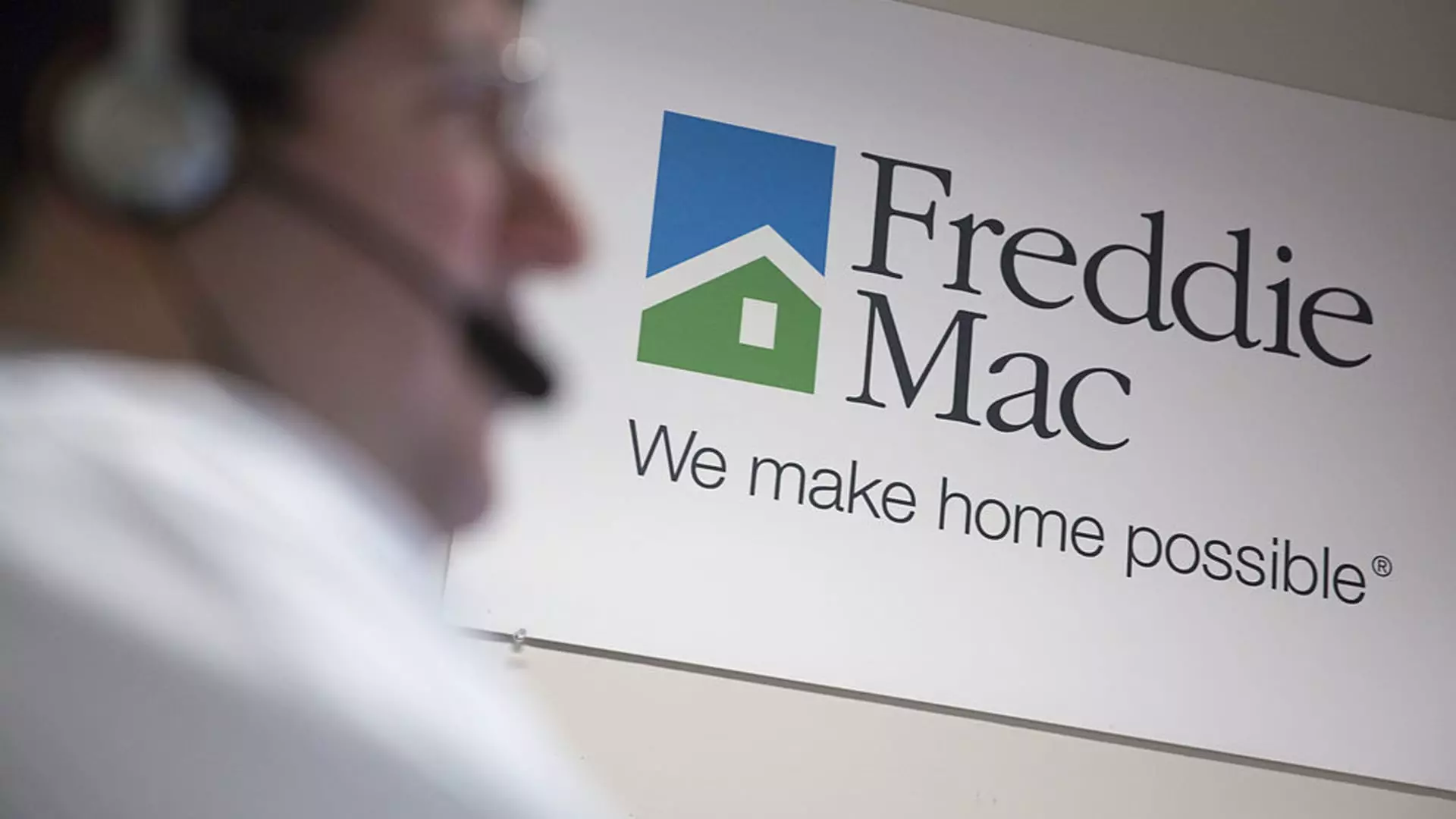The saga of Fannie Mae and Freddie Mac, two key architects of the American mortgage landscape, has seen significant evolution since their inception. As institutions once heralded for stability, they found themselves under federal conservatorship during the financial crisis of 2008. With discussions of their possible return to private management heating up, it raises questions about the implications for the housing market and taxpayers alike. This article delves into the history, current status, and potential future of these government-sponsored enterprises (GSEs).
Fannie Mae was established in 1938 to enhance the flow of mortgage capital and make housing more accessible for Americans. Freddie Mac followed in 1970, aimed at expanding the secondary mortgage market. Both institutions played pivotal roles in keeping housing finance afloat for decades. However, the global financial crisis turned this stable picture upside down. By September 2008, spiraling home values and rising defaults led to their placement into conservatorship—an action taken to prevent systemic collapse within the U.S. financial system.
The fallout was significant. With millions of homeowners affected, the Treasury Department pumped in an unprecedented $100 billion to stabilize Fannie Mae and Freddie Mac, while also sweeping their profits in attempts to recoup taxpayer funds. As a result, these once-robust enterprises witnessed their stock prices plummet, culminating in a crisis of confidence among investors and homebuyers alike. According to the Federal Reserve Bank of Chicago, an estimated 3.8 million homes fell into foreclosure during this turbulent time, showcasing the drastic implications of the mortgage market’s volatility.
Over the years, Fannie Mae and Freddie Mac have transitioned into government-sponsored entities (GSEs), now crucial players in providing liquidity to the mortgage market. While the initial government backing was seen as a necessary lifeline during the crisis, it also brought forth lingering concerns about the exposure of taxpayers to those entities’ risks.
Mark Calabria, who served as the director of the Federal Housing Finance Agency from 2019 to 2021, has been vocal about the potential dangers of continuing the existing framework. As he asserts, there are fundamental questions about the preparedness for future market downturns. “We have a mortgage finance system that works really well on the upside, but is it prepared for a downturn?” he questioned, encapsulating the precarious balance between stability and risk in the current setup.
For now, the dilemma centers around whether to maintain the status quo or pursue a return to private management for Fannie Mae and Freddie Mac. Key voices in this ongoing conversation express concern over the government’s unending fiscal commitment. Without a clear plan for restructuring, the looming potential of taxpayer burden remains ever-present.
As discussions heat up regarding the privatization of Fannie Mae and Freddie Mac, the accompanying apprehensions merit careful analysis. Advocates like Calabria argue that privatization could serve to bolster market competition and efficiency, potentially reducing mortgage rates in the long run. Conversely, some economists, such as Mark Zandi, warn that without the safety net of government backing, mortgage rates could rise significantly—by as much as 60 to 90 basis points.
The spate of opinions illustrates the complexity surrounding Fannie Mae and Freddie Mac. With the end of profit sweeps in 2019, both entities are beginning to recover, potentially setting the stage for a future free from government intervention. However, foundational risks remain, especially if economic conditions shift unexpectedly.
The discourse surrounding Fannie Mae and Freddie Mac embodies a pivotal juncture for the U.S. housing finance system. As policymakers and stakeholders deliberate their fate, the implications of billions in taxpayer funds, housing stability, and the integrity of the mortgage market hang in the balance. Balancing risk with opportunity, while ensuring sustainable growth in the sector, will be crucial in shaping the future landscape of American housing finance. The eventual decisions made could have profound effects on homeowners, investors, and the economy at large. As we move forward, vigilance and prudent policymaking will be key in navigating these turbulent waters.


Leave a Reply